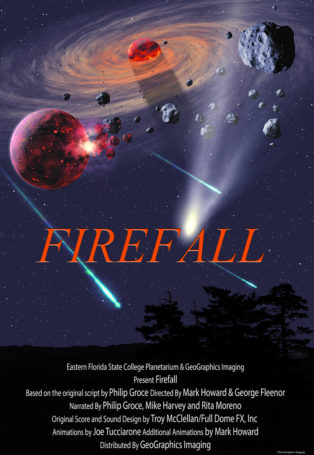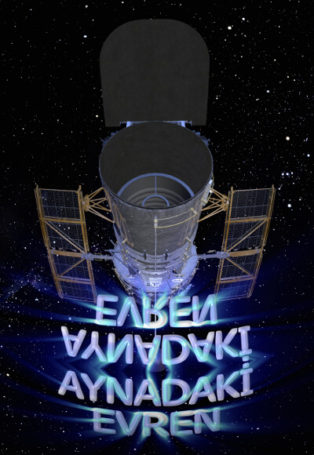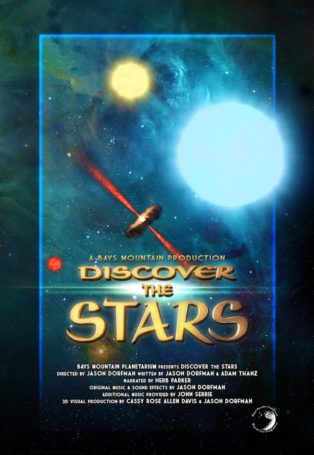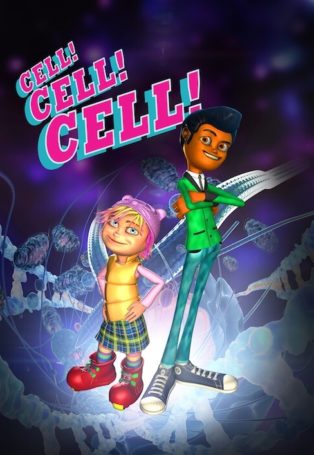
FIREFALL – The Story of Comets, Meteors, Asteroids
FIREFALL – The Story of Comets, Meteors, Asteroids & NEOs is a 32-min show for planetariums and digital dome theatres. Info, trailer & full preview available.
Awards
Description
Throughout Earth’s violent history, impacts from comets and asteroids have mercilessly shaped its surface.
The ancient barrage continues today; from harmless meteors – those brilliant streaks in the night sky, to mountain sized boulders wandering perilously close to Earth.
Terrifying and majestic, these invaders from space are capable of utter destruction yet they have delivered life-giving water and most of the organic materials necessary for life.
Life on Earth owes its very existence to these denizens of the solar system, yet it could all be wiped out in an instant.
This ceaseless Firefall is our only tangible connection to the universe beyond and is an ever-present reminder of our own humble beginnings in the hostile environment of space.





Firefall is a great show, with information about comets, asteroids, and the impacts caused by both (eg. Tunguska, Shoemaker-Levy 9). Well written, this is an excellent show for general audiences and astronomy classes -- we use this show routinely (and have for 5 years now) in all our introductory astronomy university classes to complement our discussions on small solar system bodies.